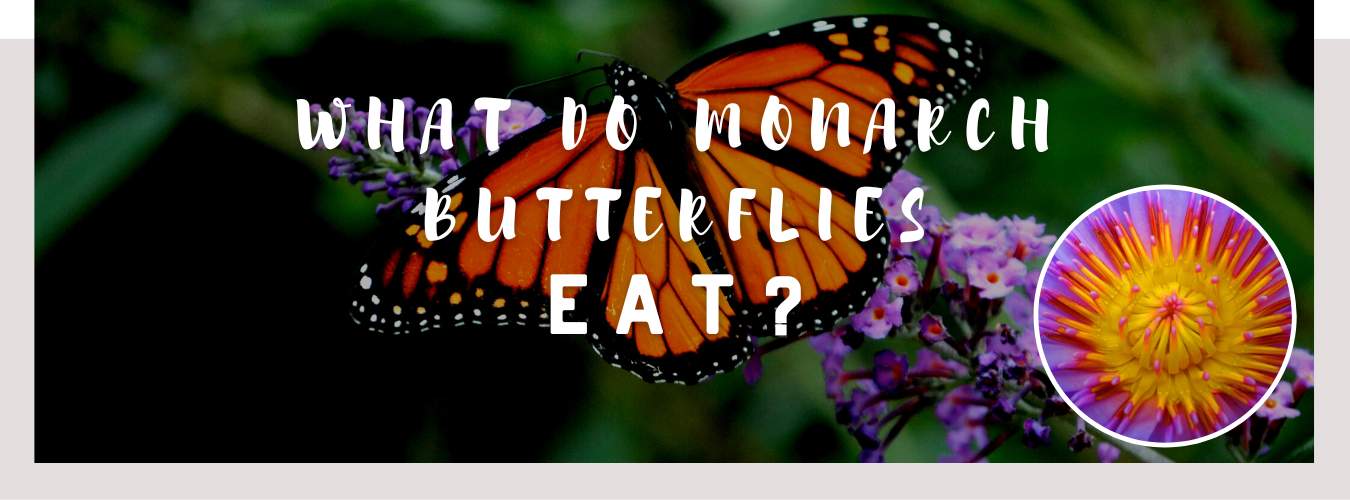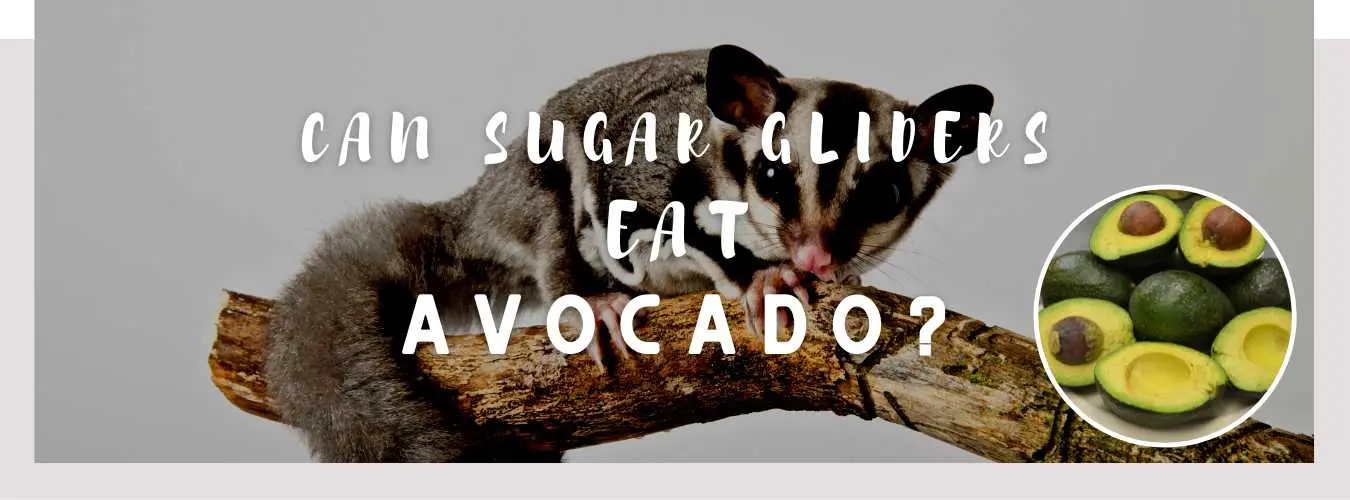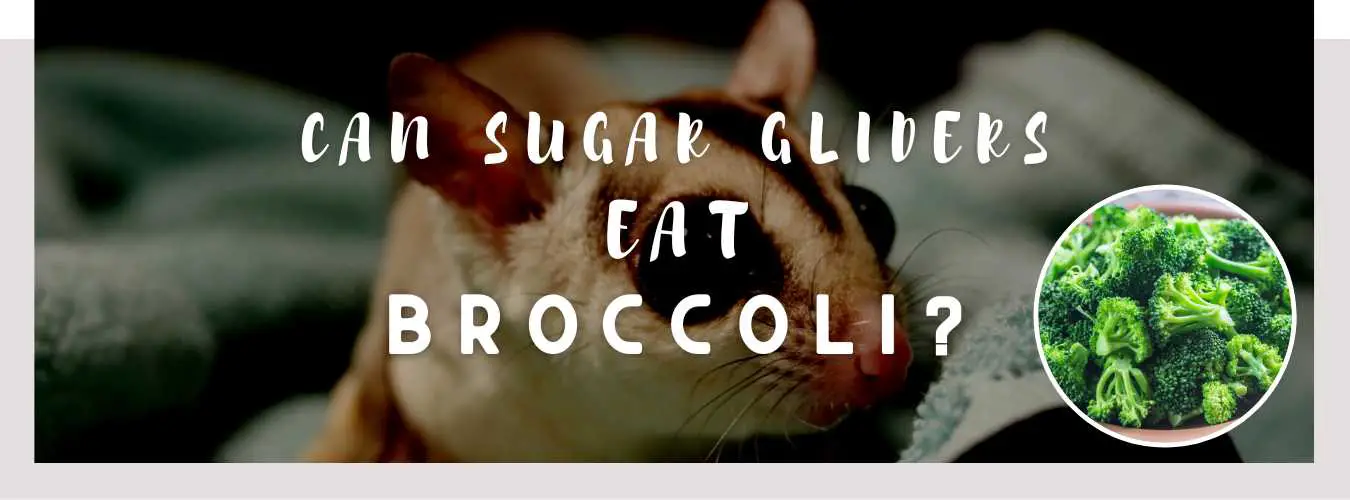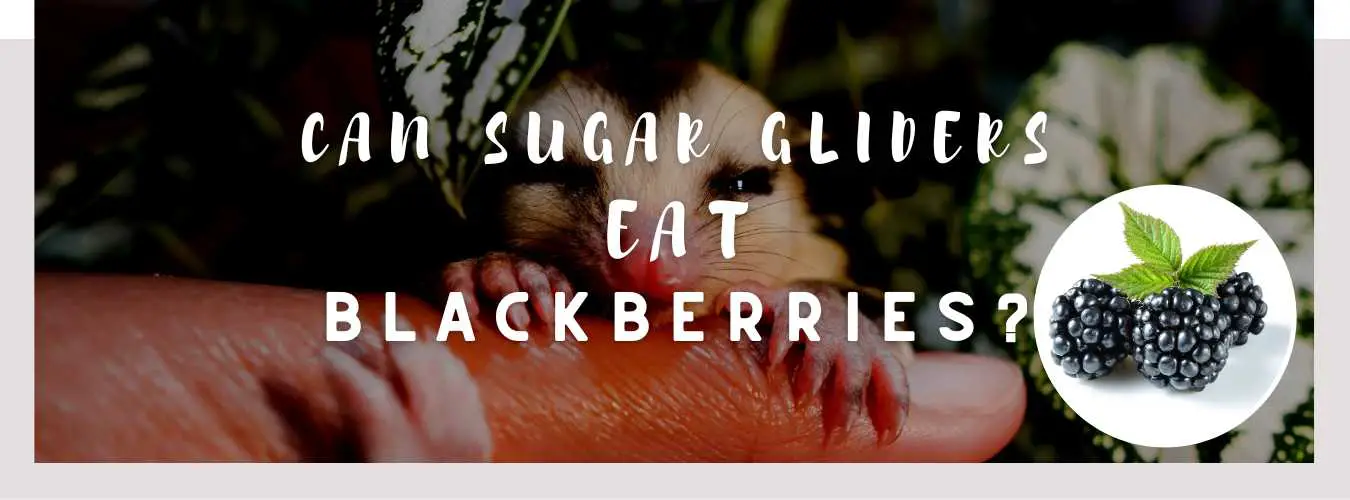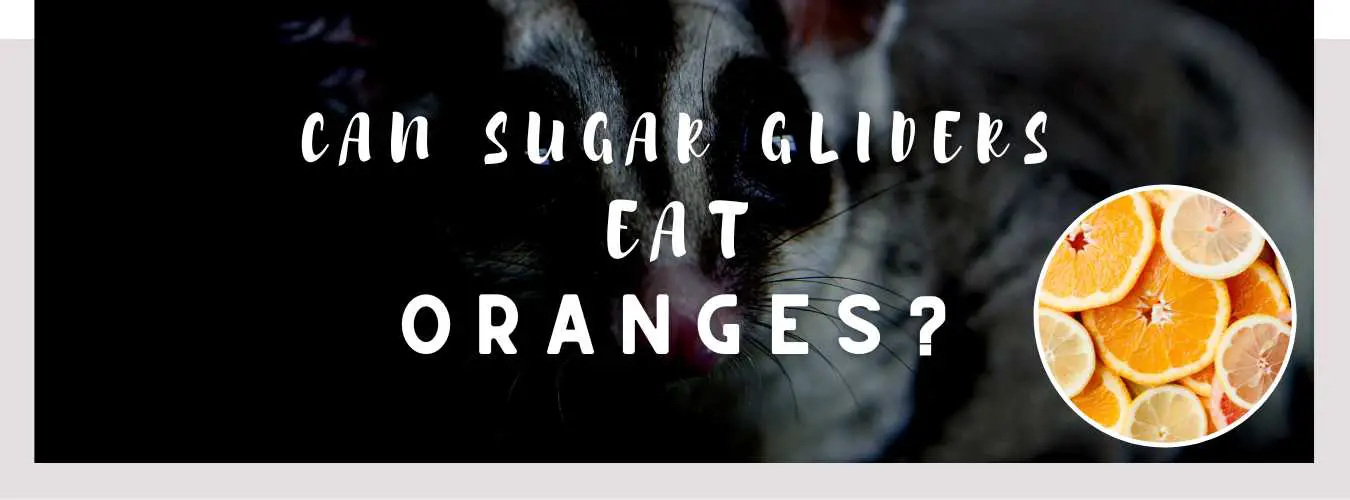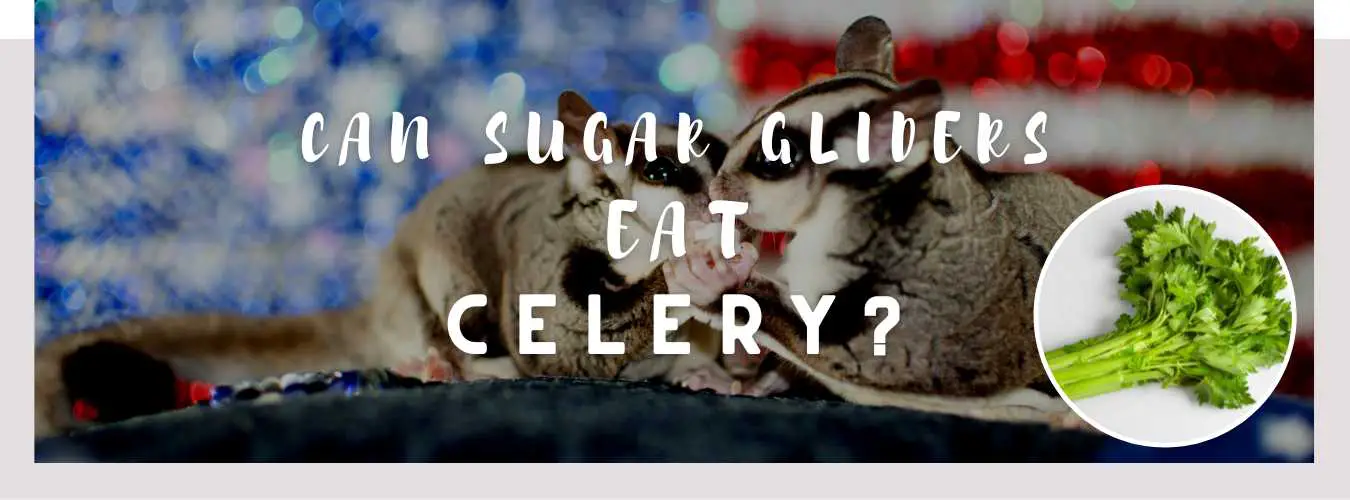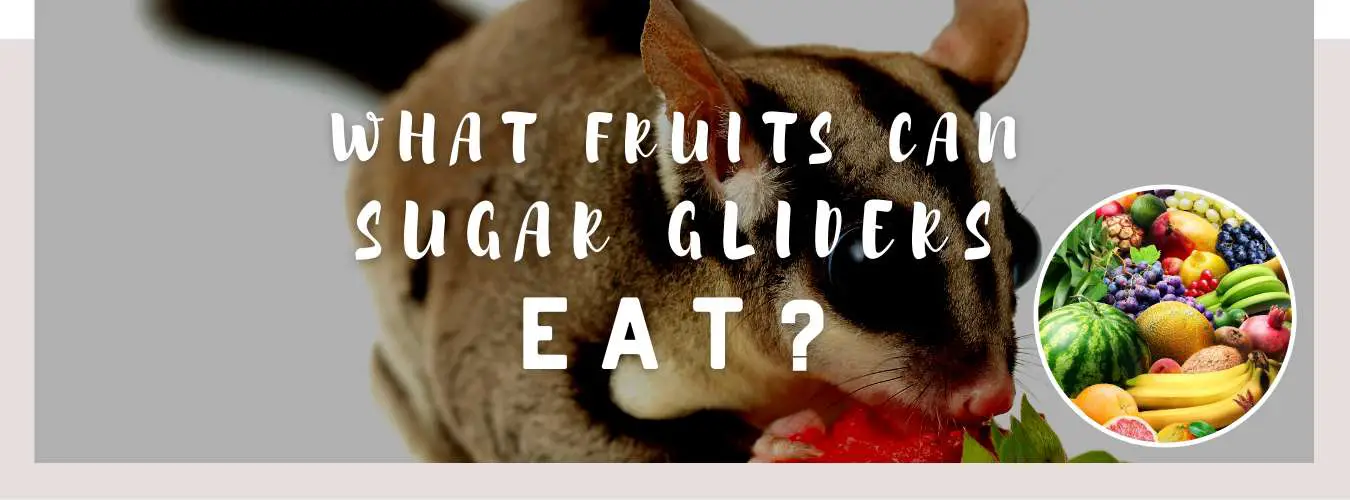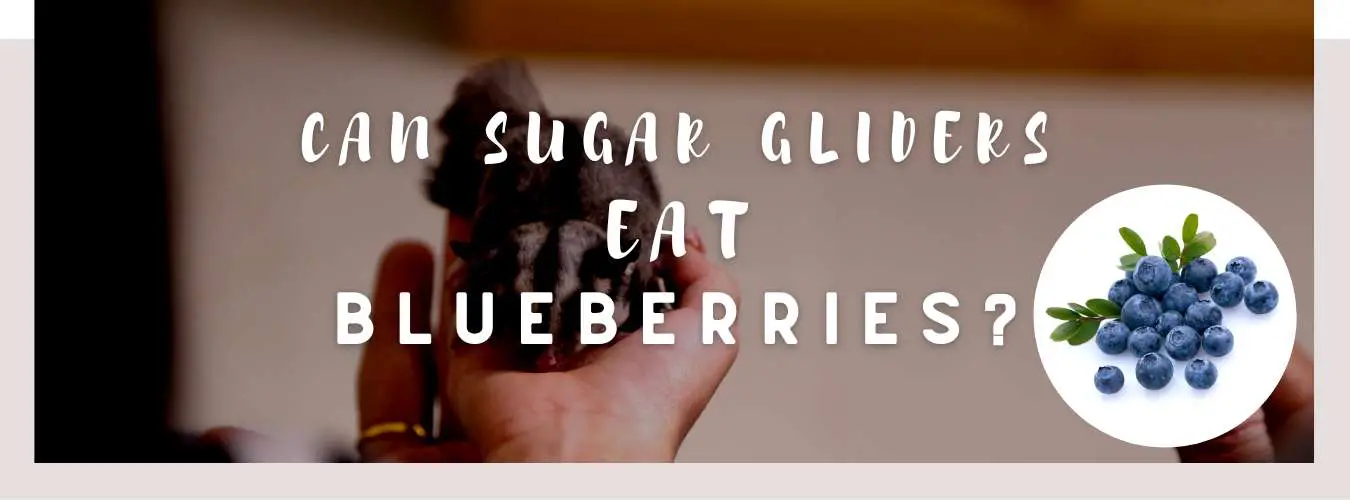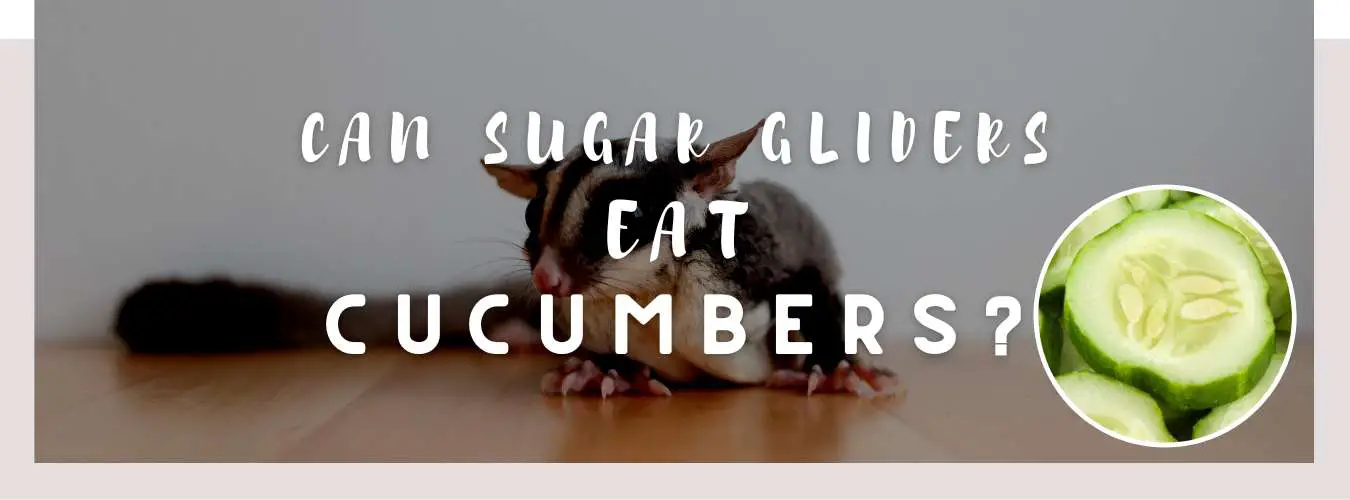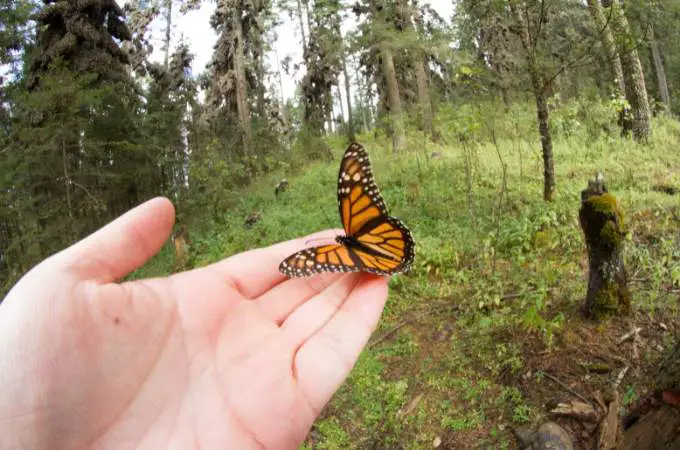
Monarch Butterflies feed primarily on nectar from flowers. Some of the plants that are known to be attractive to Monarch Butterflies and provide them with nectar include milkweed, thistles, and clover. In addition to these flowering plants, Monarch Butterflies may also feed on tree sap, fruit juice, and occasionally other insects. To attract Monarch Butterflies to your garden, you can plant a variety of flowering plants that produce nectar, and provide a shallow dish of water for the butterflies to drink from. Avoid using pesticides, which can be harmful to butterflies and other pollinators.
How does a monarch butterfly eat?
Monarch Butterflies feed by sucking up liquid with their proboscis, which is a long, coiled tube that unrolls when the butterfly is feeding. To feed, the butterfly extends its proboscis and inserts it into the flower to access the nectar. The butterfly then sucks up the nectar through the proboscis, which acts like a straw. When the butterfly is not feeding, it coils the proboscis back up under its head.
You might also like: What Animals Eat Flies?
How Often do Monarch Butterflies eat?
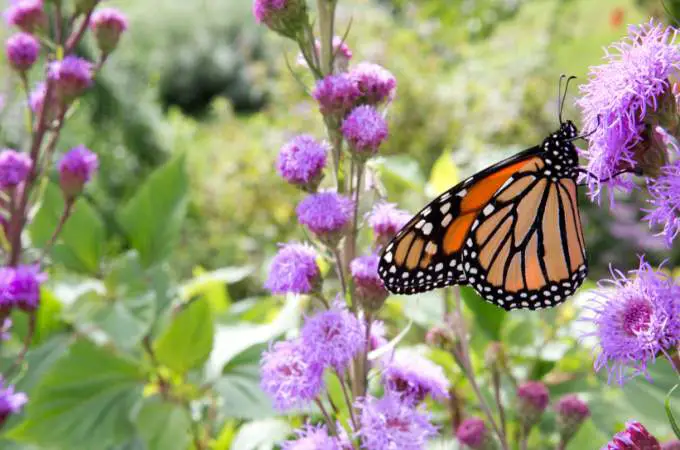
Monarch Butterflies do not eat very often, as they obtain most of the nutrients they need from the nectar they feed on. However, the frequency of feeding can vary depending on the species of butterfly and the availability of food. Some butterflies may feed several times a day, while others may only feed once every few days. In general, adult butterflies tend to feed more often than caterpillars, as caterpillars are able to obtain most of the nutrients they need from the plants they eat.
What climate do Monarch Butterflies live in?
Monarch Butterflies are found in a variety of climates, including temperate, subtropical, and tropical climates. They are native to North America and can be found throughout the United States, as well as parts of Canada and Mexico. Monarch Butterflies are known for their long migrations, and they can be found in a variety of habitats, from forests and meadows to urban gardens. However, they are most commonly found in areas with a mild climate and an abundance of flowering plants.
What attracts Monarch Butterflies?
Monarch Butterflies are attracted to a variety of flowering plants, especially those that produce nectar. Some of the plants that are known to attract Monarch Butterflies include milkweed, thistles, and clover. In addition to flowering plants, Monarch Butterflies may also be attracted to certain scents, such as the scent of rotted fruit. The color of the flowers can also be a factor, as Monarch Butterflies are drawn to bright, colorful flowers.
You might also like: What Animals Eat Cicadas?
What is the life cycle of Monarch butterfly?
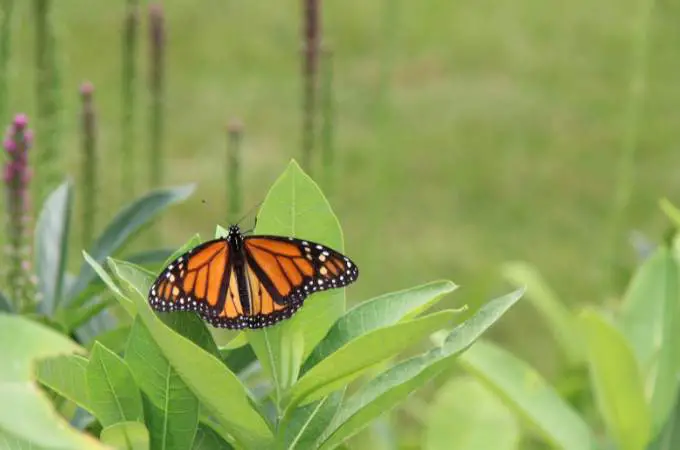
The life cycle of a monarch butterfly consists of four stages: egg, larva (caterpillar), pupa (chrysalis), and adult. The cycle begins when the adult butterfly lays its eggs on the leaves of milkweed plants, which are the preferred host plants for monarch larvae.
The eggs hatch after a few days and the larvae (caterpillars) begin to feed on the leaves of the milkweed plant. Over the next several weeks, the caterpillars go through several stages of growth, shedding their skin several times as they grow. Eventually, the caterpillar reaches its full size and stops eating.
At this point, the caterpillar attaches itself to a stem or leaf using silk, and it enters the pupal stage. During the pupal stage, the caterpillar undergoes metamorphosis and transforms into a butterfly. The pupa (chrysalis) hardens and turns a greenish-blue color. After about two weeks, the adult butterfly emerges from the chrysalis, pumps up its wings, and flies off to find food.
The adult butterfly will feed on nectar from flowers and mate, and the cycle will begin again when the female lays her eggs on milkweed plants. The entire life cycle of a monarch butterfly can take anywhere from a month to several months, depending on the temperature and other environmental conditions.
I am a huge animal lover and have four dogs, a Labrador, Jack Russell, Pug, and Teacup Yorkie. I also have a cat and a Cockatiel. I have had pets since I was a toddler, and there was not a day when there wasn’t an animal in my house.

